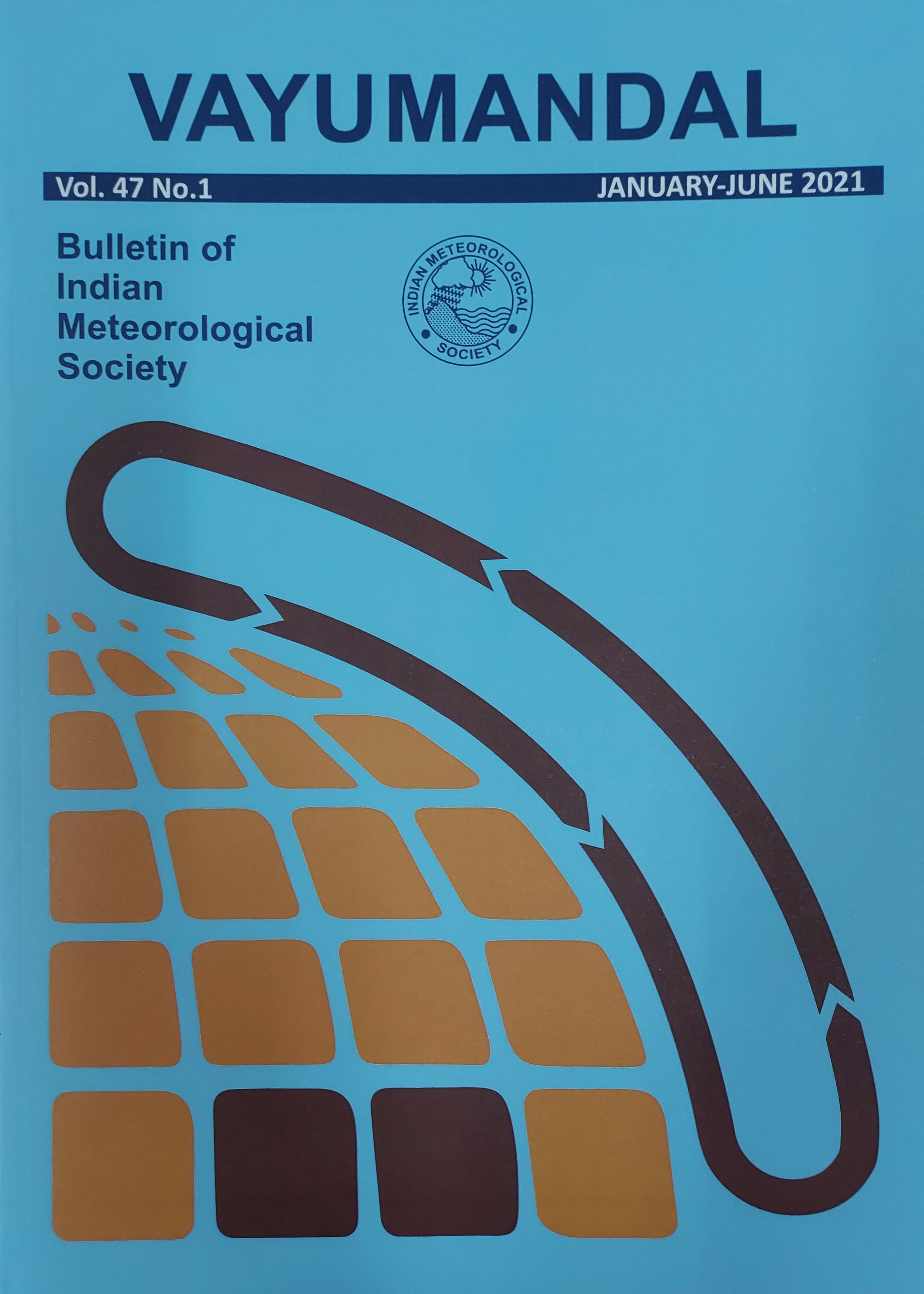Analysis of Thunderstorm Activities in Moscow and Bengaluru
Abstract
Thunderstorm events in Moscow (Russia) and Bengaluru (India) are commonly occurred atmospheric phenomena resulting disasters in the cities. There is a need of understanding the climatology of such events so that the results can be used as important tools for forecasting and improving the predictability of such disaster events. In this work, the climatology of thunderstorms in both the cities are presented using long term data. Climatology of thunderstorms in Moscow city is analyzed using the data from Moscow State University (MSU) Meteorological Observatory for the period 1954-2017 whereas over Bengaluru city, long term data (1969-2017) observed at the Meteorological Centre of India Meteorological Department have been analysed. The total amount of days with thunderstorms as well as their duration during a year in Moscow nearly remains the same; changes in time of these parameters during the last 64 years are non-significant. Same results are also observed at the city of Bengaluru in India during 49 years of analysis. The annual course of thunderstorms is noted by a clear maximum from May to August in Moscow due to frequent unstable stratification, strong convection, and high humidity. Over Bengaluru also, the maximal frequency has been observed in May followed by in the monsoon season i.e. June-September. The diurnal variation analysis demonstrates maximal occurrence probability of this phenomenon in the evening in both the cities. Bengaluru has also witnessed thunderstorms in the night time, but during the morning time there is rarely any event recorded. The impact of thunderstorm on the air composition has also been quantified and it is observed that neither Ozone (03) nor Nitrogen Dioxide (NO2) demonstrates significant changes in their surface concentrations during the strong thunderstorms over Moscow.
Copyright (c) 2024 Vayumandal

This work is licensed under a Creative Commons Attribution-NonCommercial 4.0 International License.
All articles published by VAYUMANDAL are licensed under the Creative Commons Attribution 4.0 International License. This permits anyone.
Anyone is free:
- To Share - to copy, distribute and transmit the work
- To Remix - to adapt the work.
Under the following conditions:
- Share - copy and redistribute the material in any medium or format
- Adapt - remix, transform, and build upon the material for any purpose, even
commercially.


